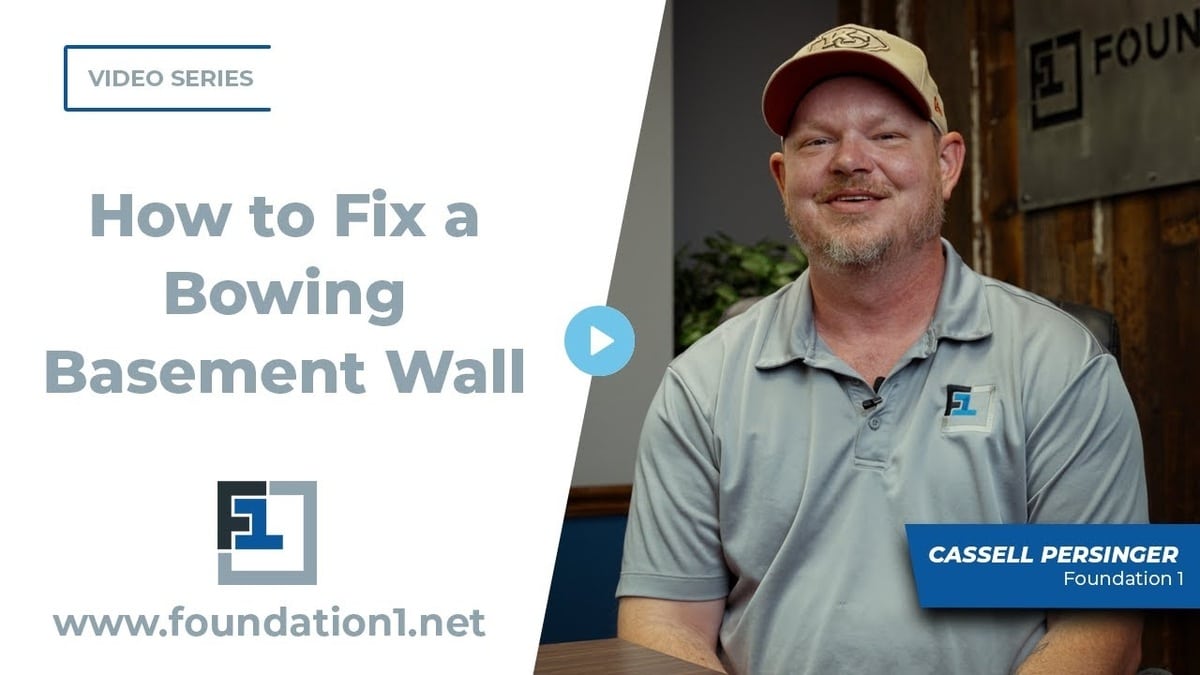When it comes to repairing settled concrete, homeowners and property managers often face a decision between two popular methods: polyjacking and mudjacking. Both techniques aim to correct uneven concrete surfaces, but they differ significantly in materials, application, and long-term effectiveness. In this article, we will explore the specifics of each method to determine which is the better solution for your concrete repair needs.
What is Polyjacking?
Polyjacking utilizes high-density polyurethane foam injected beneath settled concrete surfaces to lift and level them. This innovative approach offers several advantages over traditional methods like mudjacking. The polyurethane foam used in polyjacking boasts a higher compression strength, ensuring durability and stability. Unlike mudjacking, which relies on a mixture of concrete and aggregate, polyjacking foam does not expand, contract, shrink, or crack, making it particularly well-suited for areas with fluctuating weather conditions.
Key Benefits of Polyjacking
- Durability: Polyjacking provides long-lasting results due to the inherent properties of polyurethane foam, which resists cracking and deterioration.
- Stability: The foam’s ability to maintain its shape and structure over time ensures the stability of lifted concrete surfaces, minimizing the need for future repairs.
- Weight Considerations: Polyurethane foam is lightweight compared to the concrete mixture used in mudjacking, reducing the risk of added pressure on foundation walls and adjacent structures.
What is Mudjacking?
Mudjacking, also known as slab jacking or concrete lifting, involves injecting a mixture of concrete and aggregate beneath settled concrete slabs to raise them. While the term “mudjacking” implies the use of mud, modern techniques typically employ a concrete mixture with small aggregate. However, similar to traditional mud, this mixture can still experience issues such as cracking, shrinking, and weight concerns.
Considerations for Mudjacking
- Material Composition: Mudjacking relies on a concrete mixture, which may vary in quality and composition, potentially affecting the durability and longevity of repairs.
- Long-Term Performance: While mudjacking offers a cost-effective solution for immediate repair needs, its susceptibility to cracking and settling may necessitate future maintenance and adjustments.
Polyjacking vs Mudjacking: Which is Better?
Polyjacking emerges as the superior option for concrete repair due to several key factors:
- Material Properties: Polyurethane foam used in polyjacking offers higher density and compression strength compared to the concrete mixture used in mudjacking.
- Durability and Stability: The stability of polyjacking foam minimizes the risk of cracking, shrinking, and settling, ensuring long-term performance.
- Weight Considerations: Polyurethane foam’s lightweight nature reduces the potential for added pressure on foundation walls and surrounding structures, mitigating the risk of damage over time.
- Cost Considerations and Longevity: While polyjacking typically comes at a higher initial cost compared to mudjacking, its durability and longevity make it a cost-effective investment in the long run. Property owners must weigh the upfront expense against the potential savings and benefits of choosing a more durable repair solution.
Making an Informed Decision
When deciding between polyjacking vs. mudjacking for concrete repair, property owners should consider various factors, including the specific requirements of their project, budget constraints, and long-term goals. While mudjacking may offer a more affordable solution upfront, polyjacking’s durability and stability make it a compelling choice for properties requiring lasting repairs.
In Summary
In the debate between polyjacking vs. mudjacking, the former emerges as the superior choice for property owners seeking durable, long-lasting concrete repair solutions. Its advanced technology, coupled with the inherent properties of polyurethane foam, ensures stability, durability, and peace of mind for years to come.
For expert advice on selecting the right concrete repair method for your property, don’t hesitate to contact us. Our experienced team is dedicated to providing tailored solutions to meet your specific needs and ensure the longevity of your concrete surfaces.



